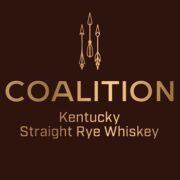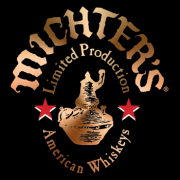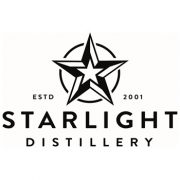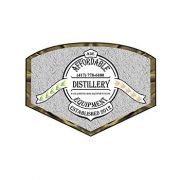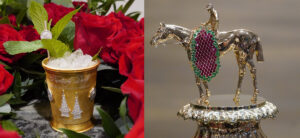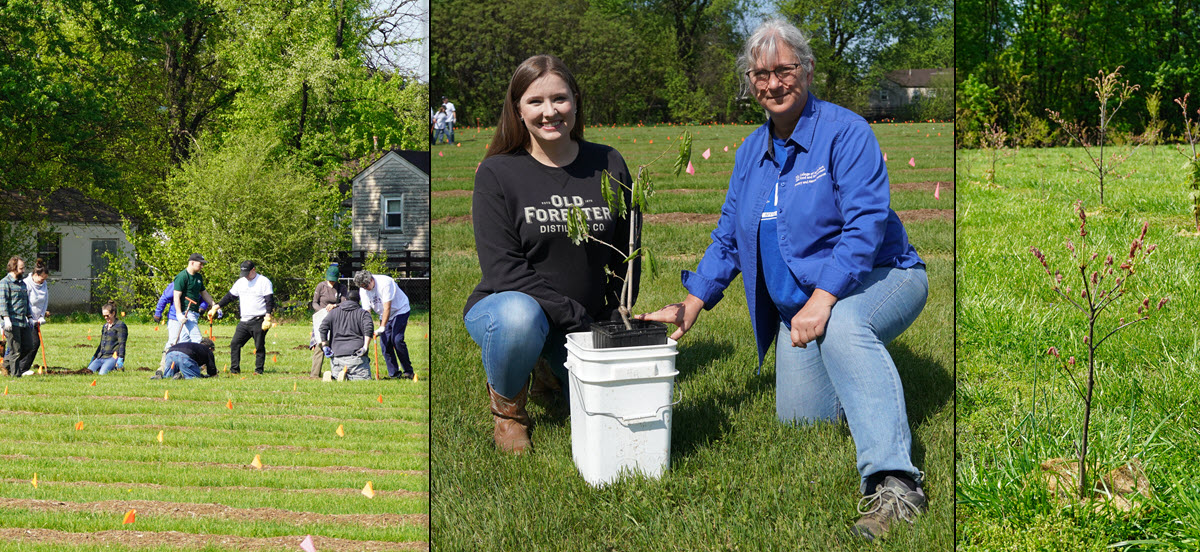
All bourbon is whiskey but not all whiskey is bourbon. One of the many traits required for a whiskey to legally be called bourbon is that it must be aged in a new charred oak barrel (container). If a distiller chooses a used barrel it may produce a fine whiskey but it cannot be called bourbon. The 30 to 33 staves used to make up a single 53-gallon bourbon barrel can use any type of oak, but they are most commonly made of American White Oak (Quercus alba). The white oak staves that make the barrel creates 100% of a bourbons amber color and 50% to 75% of its flavor.
The White Oak Initiative
In the fall of 2017, the White Oak Initiative was officially launched to bring together white oak-dependent industries and stakeholders on the species’ region-wide regeneration problems. According to the folks that made up the initiative, the science behind this regeneration issue had been understood by those involved in forest science and forestry for more than 30 years, but little of this information had been effectively communicated to the industries dependent upon white oak so the organization was created to help all involved. Working together, the experts and stakeholders in these meetings, it was clear that the regeneration problems would eventually threaten the long-term availability of white oak timber and cause a loss of the species in many forests across the eastern United States.
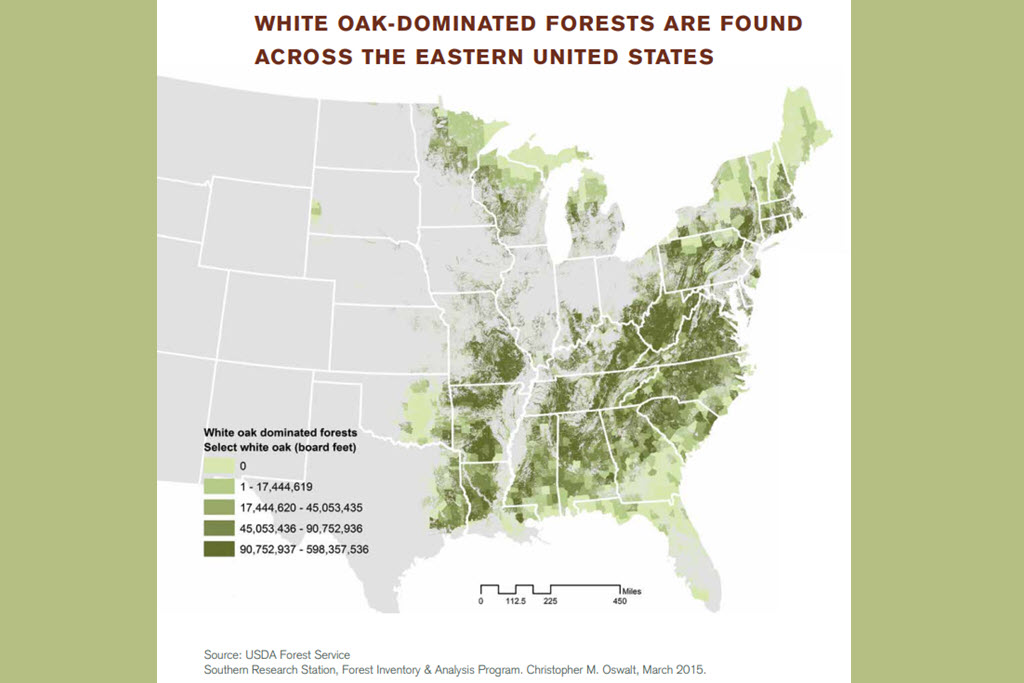
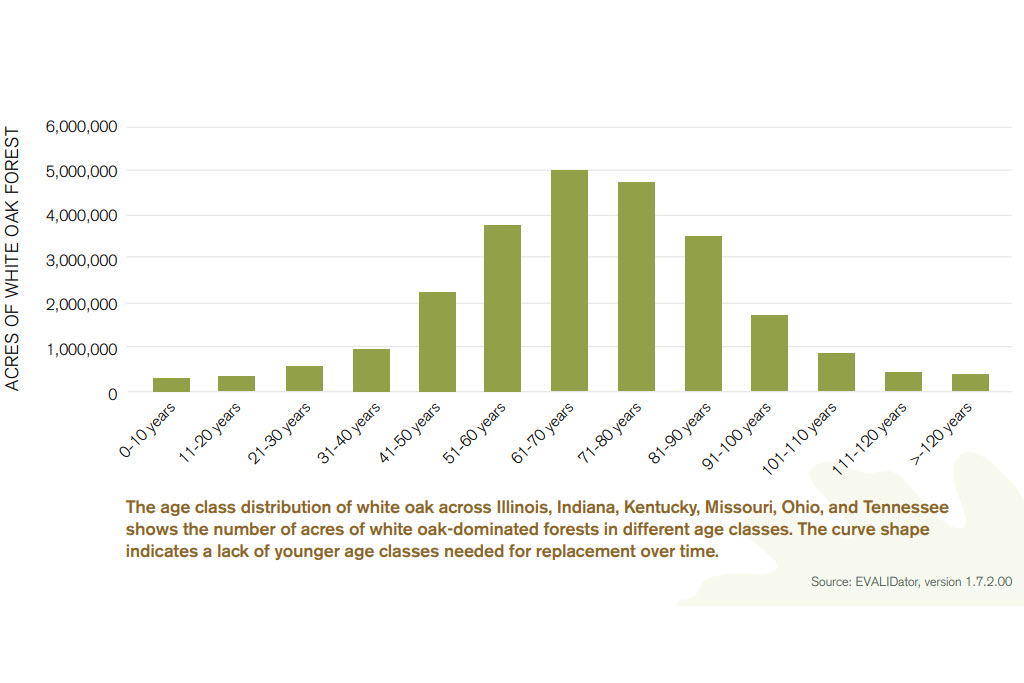
Stay Informed: Sign up here for the Distillery Trail free email newsletter and be the first to get all the latest news, trends, job listings and events in your inbox.
“We were looking at the amount of that resource that was available and the prices, and we came to the conclusion that although white oak is fairly common and there’s good supply now, future availability was in question,” said University of Kentucky Department of Forestry and Natural Resources Chairman Dr. Jeffrey Stringer.
Since then, many universities, associations, breweries, wineries, distilleries, and landowners have come together to help to make sure there is enough white oak for generations to come.
Old Forester Distillery Plants 5 Acre Oak Nursery
Timed to celebrate Earth Day 2023, the folks at Old Forester Distillery in Louisville, Kentucky planted a variety of oak trees to make sure that they will never run out of oak barrels. The site sits on the edge of the Brown Forman Distillery site in Shively. The plantings started on this five acre site in 2021, continued in 2022 and wrapped up this week with distillery volunteers.
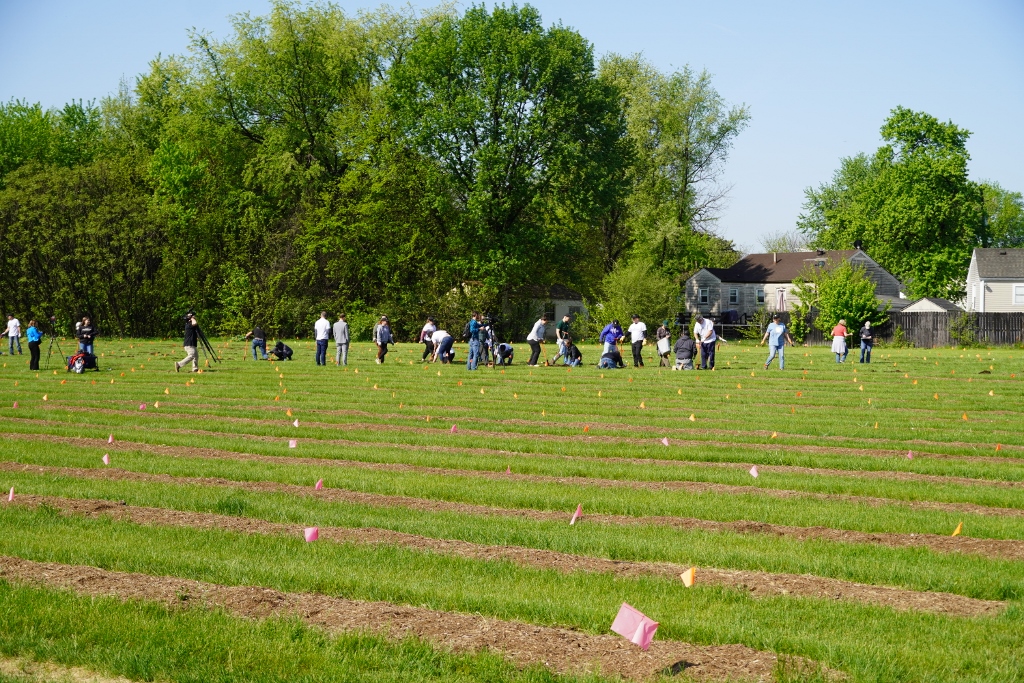
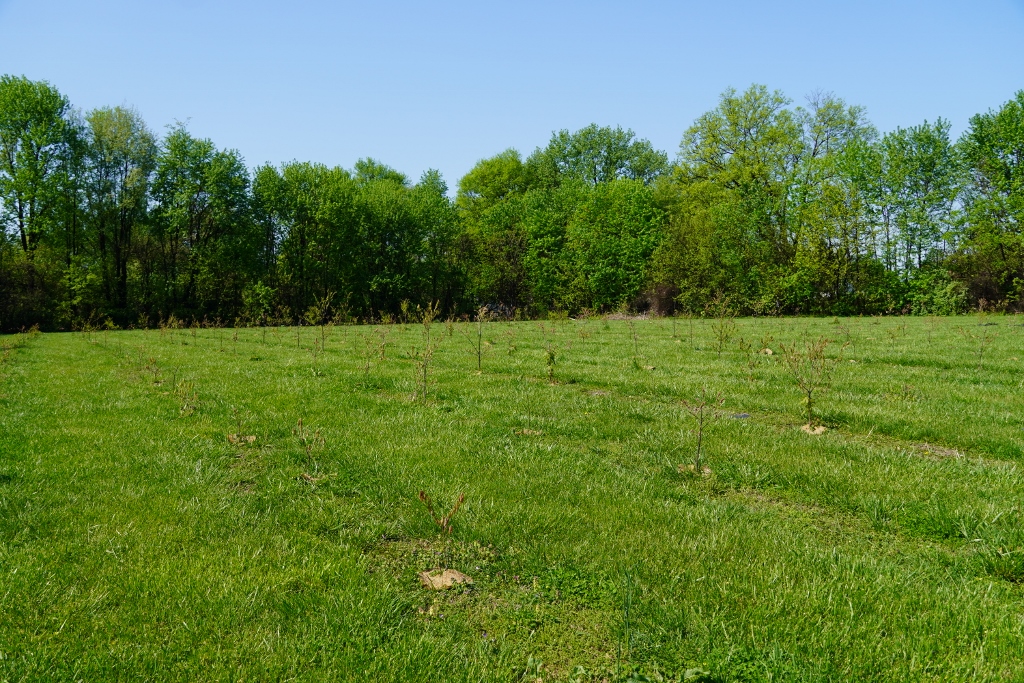
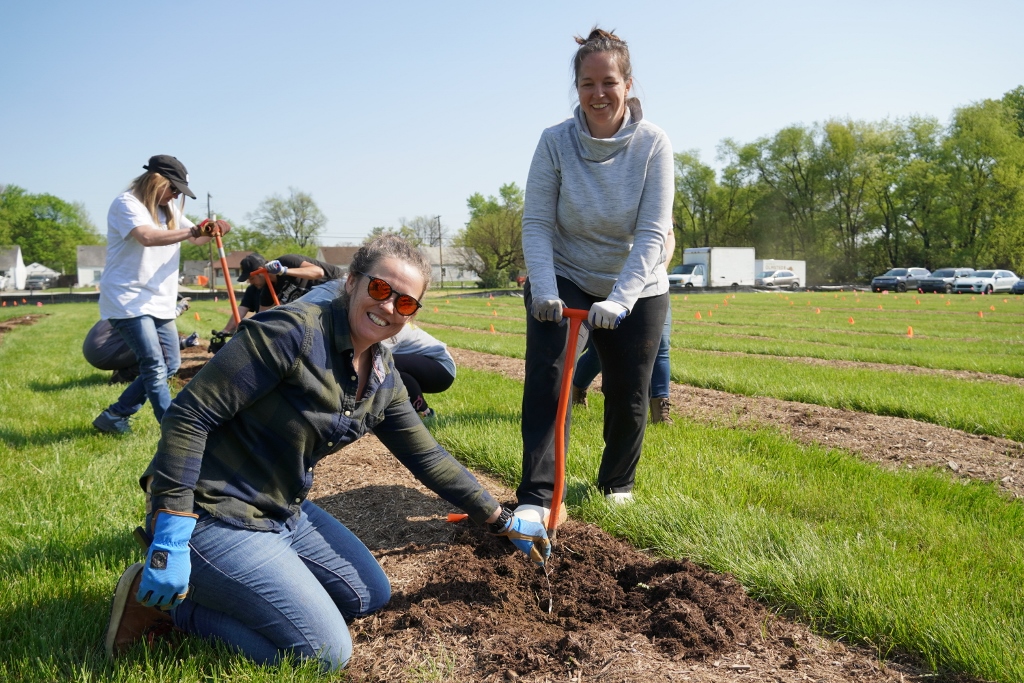
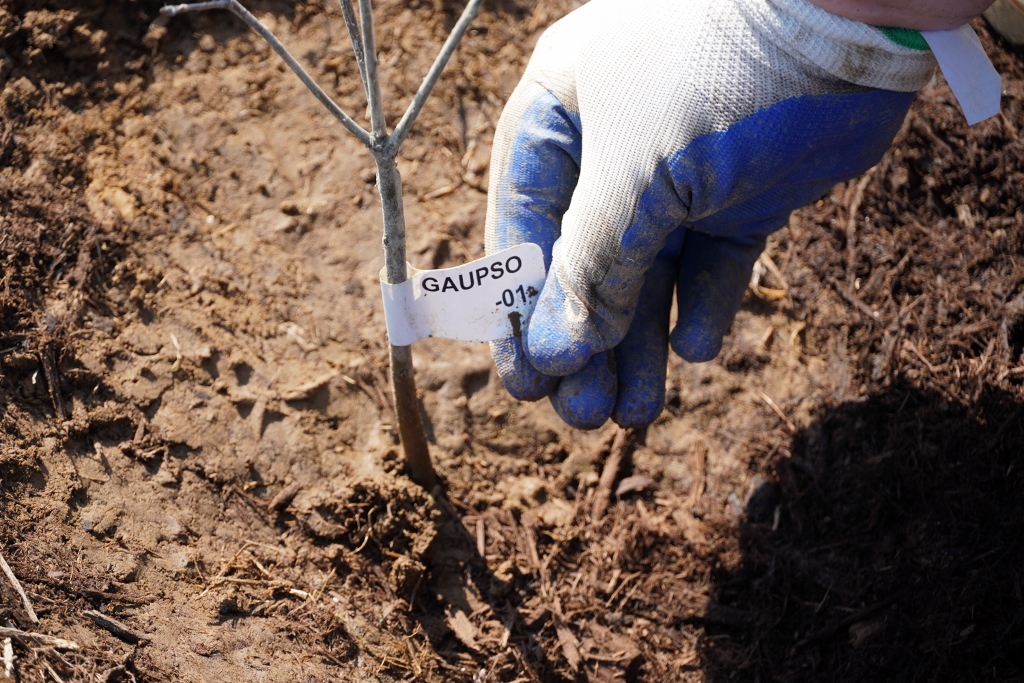
We spoke with Brown-Forman Environmental Manager Whitney Forbis to learn what they are doing with their efforts to support the White Oak Initiative.
“The Old Forester tree nursery is on campus at the Brown-Forman Distillery in Shively, Kentucky. The Old Forester tree nursery is a 15-year genetic study focused on white oak genetic improvement,” said Forbis. “It’s a key part of the Brown-Forman sustainability initiative. White oak is very important to our founding brand, Old Forester. The white oak trees that create our barrels impart all of the color and over half the flavor to our bourbon.
“The planting that we are doing today is the third round of planting in this study. We planted in 2021, 2022 and now 2023 and we are completing the five acres that create the Old Forester tree nursery. This project is done in partnership with the University of Kentucky and the DendriFund.
“Over the 15 years of the research, we will be monitoring the seedlings growth. We’ll be looking at these trees and looking for specific characteristics that make good white oak bourbon barrels such as really straight trees, limited branching, and we want these trees to leaf out early so they can compete with the canopy of trees that already exist in our community forest.
“Eventually, after these trees reach maturity, they’ll be creating acorns that we hope can then be used for future white oaks and that’s what will help improve the overall genetics of the white oak trees.”
The acorns that were used to start these trees were gathered from multiple counties and states, as well as some private and public lands. They were then sent to the University of Kentucky to mature into saplings. Those saplings are all tagged and then planted in the field. The tags are kept in place to monitor which ones grow best and should be used to help grow future white oak forests. Oak trees are typically between 70 and 100 years old when harvested for whiskey barrels. A typical oak tree can create enough staves, the parts that make up a barrel, to make one to two 53-gallon whiskey barrels. The rest of the tree will be used for other things like hardwood flooring, furniture making, cabinetry, veneering or millwork.
Looking at trees that were planted at the Brown Forman Distillery in 2022 shows huge variations in growth depending on the variety. The two saplings below were planted at the same time but as you can see there one to the right is nearly three times as large. The tree on the right was started with an acorn gathered in Shelby County, Tennessee.
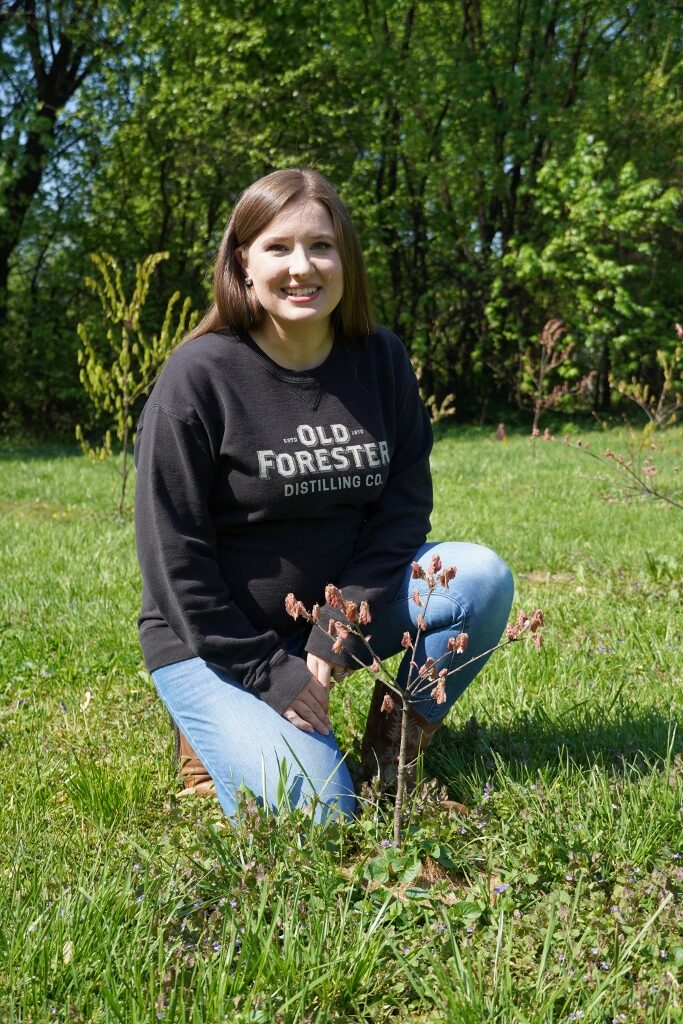
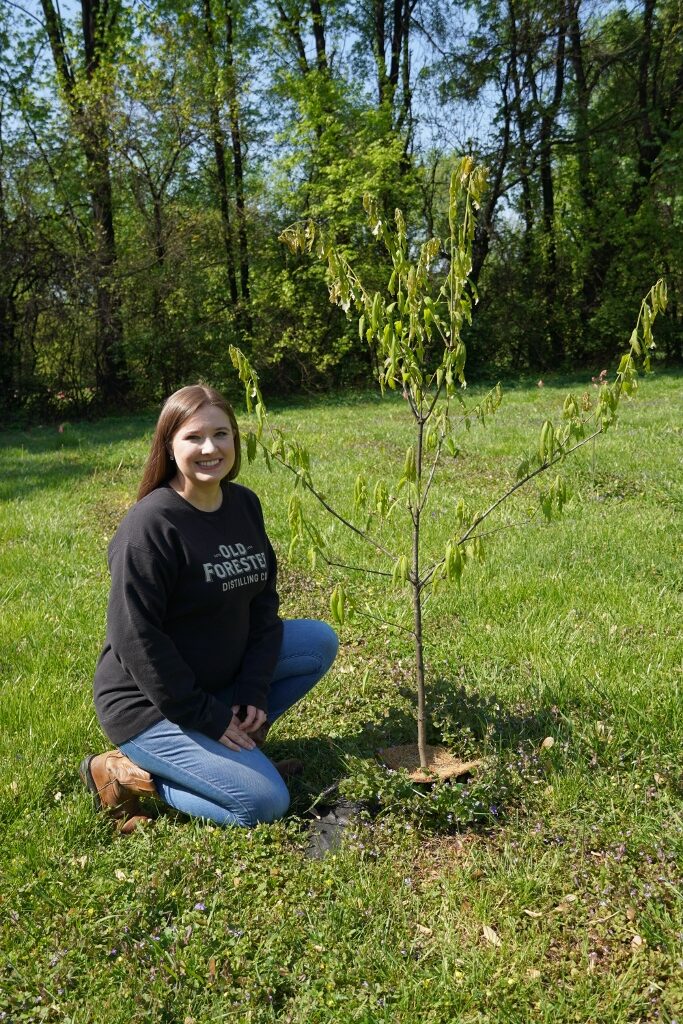
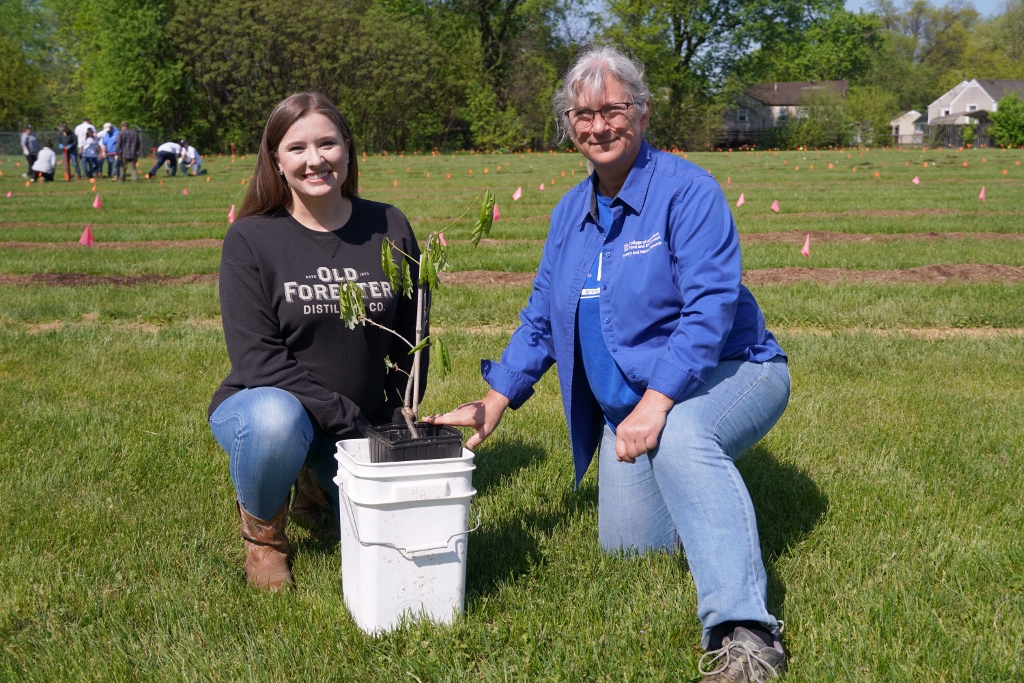
Learn more about Old Forester Distillery.
View all Kentucky Distilleries.
View all U.S. Distilleries.
Why and How to Graft a White Oak Tree?
University of Kentucky Dept. Forestry and Natural Resource Laura E. DeWald , Ph.D. was on site for the planting at the distillery. In this video, Dr. DeWald explains how and why to graft a white oak tree.
A Bit More Insight on the White Oak Initiative
Please help to support Distillery Trail. Sign up for our Newsletter, like us on Facebook and follow us on Instagram and Twitter.

